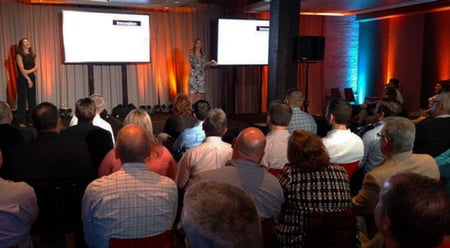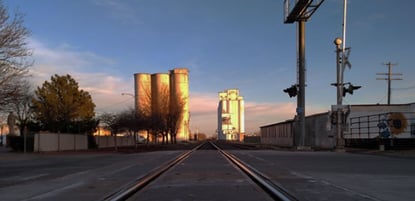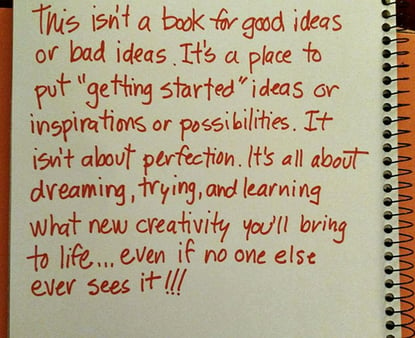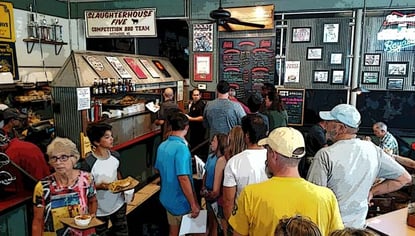An April story in Fortune suggests, in so many words, that TED Talks are enough to break open the flow of ideas in your organization. It detailed how TED and its CEO, Chris Anderson, are trying to aggressively penetrate the corporate event strategy and production market. Targeting Fortune 500 companies for revenue, TED is pitching its event strategy production capabilities (with full conferences and Salon events), popular TED Talks speakers and TED fellows, speaking workshops, and even space at its headquarters to immerse in the TED vibe.
Rubbing elbows with the TED brand is pricey. The article reports the cost of the TED crew’s producing a one-day conference for your organization starts at $1.5 million. That involves a healthy premium for the TED brand and the halo from its well-known production look and feel.
An Event Strategy to Tell Your Stories and Ideas

While the multi-million-dollar investment takes many organizations out of the TED Talks event strategy market, the need for high-impact corporate events exists in many companies. Some get it right, too many don’t. That is why too many conferences with the potential for game-changing impact fizzle: they fail to embrace an event strategy incorporating the important basics that TED delivers in its conferences.
If you are looking to an event strategy that creates impact but TED is not the answer, try these practices TED masters. You can emulate all of them to improve your internal meetings:
1. Pick a Theme and Use It for All It’s Worth
TED events feature intriguing themes that set the tone for the featured presentations. You can use a theme to help your audience understand the presenters and the overarching message you want them to take back to their daily work. The easy part is placing a theme on slides, lanyards, and posters at the venue. The challenging, and much more important aspect, is developing the right theme and using it to drive EVERYTHING you do with the conference.
Here are several suggestions for exploring the right theme:
- Don’t delay selecting a theme until late in the conference preparation. Invest time early to develop the theme so it drives all your event planning and execution.
- Create a theme that ties both previous and future activities within your organization. It should feel as if it springs from your culture, but also challenge and inspire your team to future successes.
- Strategically tie everything to the theme leading up to, during, and after the event. Repeatedly communicate it from the stage, using it to link the speakers and the messages they share. Doing this elevates a theme from a few spiffy words to a powerful communication tool that helps instill and align strategy.
Remember: a great meeting theme will work hard to align your activities and reinforce your messages during the meeting and afterward.
2. Feature People with Untold Stories
The easy answer for any organization’s conference is putting all the executives on stage, whether they are dynamic presenters or duds. That’s not the TED approach. To paraphrase its direction, TED looks for stories that haven’t been told and ideas worth sharing. That’s a very different direction than essentially turning the company organization chart into a conference agenda.
Look for untold stories and shareable ideas inside and outside the company that effectively convey the theme. Reach into your organization for stories of successes, learnings, innovations, and personal accomplishments. Not every story has to be fact-driven. Emotion is a major component of TED events. An audience will remember personal stories carrying messages of struggle, hope, and overcoming challenges far longer than a senior executive’s PowerPoint full of business statistics!
Sharing the stage with new presenters featuring relevant, albeit different types of stories, introduces risks. You will be putting untested people on the stage. Lower this risk by working with the presenters to hone their stories and delivery. Identify what they want to share, and find ways to help them streamline messages, linking ideas to the theme. Simplify talking points, eliminate text-based PowerPoint in favor of compelling images, inject emotion, and help them practice many times to gain comfort and familiarity with presenting. You will find that the right speakers with strong stories will carry the day, no matter their organizational titles.
3. Develop a Format and Flow that Works for Your People
TED employs a couple of standard talks, the longest of which is eighteen minutes. While that strategy is great for later packaging thousands of talks as videos, it creates a monotonous in-person experience. The take-away from TED is to plan for brief, focused talks compared to typical corporate meeting presentations. Whether it’s ten, fifteen, or twenty minutes, select shorter speaking times, ditch the podium (as TED does), and give speakers some flexibility to use a format that showcases individual speaking talents.
While you may want to start the conference with the CEO delivering his or her message, we suggest caution. The best conference flows mimic frequently-used patterns in concerts, comedy routines, and firework shows: start with the second strongest element you have and end with the strongest one. In between, arrange other elements to maximize moments of excitement, drama, surprise, and quiet. Within this framework, look for the best places to showcase senior executives delivering messages tied to the theme.
TED events do a stellar job in staging and production. Never underestimate how these variables shore up speakers that might not be as strong as you would like. Even if your meeting budget falls FAR short of the $1.5 million TED price tag, using a solid outside production company is generally money well spent. The right production team will bring experience across conferences along with lighting, sound, and other resources to maximize your event’s impact.
Developing Your Event Strategy for Impact!
Obviously, this doesn’t cover everything you need to know to create a TED-like event. It may surprise you (or maybe not), that strategic creative production for corporate events is something The Brainzooming Group regularly does for clients.
If you are facing this type of challenge, contact us, and let’s chat about ideas. We love see an organization chart a new course and succeed dramatically with a breakthrough event! Mike Brown
Facing Innovation Barriers? We Can Help!
Are you facing organizational innovation barriers related to:
-
The fear of change?
-
Scarce resources?
-
Limited innovation perspectives?
-
An overly-internal focus?
-
Multiple innovation challenges?
We have free Brainzooming eBooks for you to help navigate barriers and boost innovation!




